The Sacred Valley of the Incas stretches around the city of Urubamba. The characteristic Inca terraces can already be seen in many places from the road on our way. The Inca terraces were artificially built into the steep and barren to rocky slopes and were primarily intended for agricultural use. We learn that it was not easy to cultivate the slopes. Even the humus, the fertile soil, had to be brought from far away from the lower regions of the Inca Empire in order to be able to farm at all. All the more exciting is the fact that the Incas knew the principle of the wheel but did not use it as an aid for carts or the like!
We visit a summer residence of an Inca ruler, a kind of greenhouse from the Inca period, an Inca fortress, an Inca saltworks and finally enjoy the wonderful landscape of the sacred valley of the Incas. And to top it all off, we visit the world-famous Machu Picchu – but that will come in a separate post. But now everything in order.
Chinchero – summer residence of the Incas
Not far from Cusco lies the village of Chinchero, with its large Inca summer residence. Inca rulers are said to have spent parts of the year in this large complex. The complex can be recognized from the air as a kind of pyramidal structure with steps. And, as is so often the case, the ground plan is based on a larger meaning. An abstract form of a puma has been incorporated into the construction of the complex. The Inca terraces at the end of the complex form the tail of the puma, the body is laid out in the middle around the former temples and the large square, and finally the Inca terraces on the side facing the village are the paws of the feline predator. But even without the deeper explanation, the many stone terraces, artfully arranged by today’s standards, are an experience in themselves.
The Inca temple on the main square, however, fell victim to Spanish colonization. A Christian church was built directly on the foundations of the temple in order to demonstrate dominance and demand the submission of the indigenous population. Although the church is very old and therefore has its own charm, we are most impressed by the large, expansive terraces here. It’s also great that most tourists don’t even walk to the rear terraces, so we can enjoy large parts of it all to ourselves.
After our stop in Chinchero, we head straight on to the next cities from the life of the Incas.
Moray – the Inca greenhouse
Of course, greenhouse is a bit of an exaggeration. These are not actual covered fields. The Incas cleverly used the terrain in Moray to practice intensive agriculture. The Incas took advantage of natural depressions in the terrain, sinkholes, to build circular terraces. This protected the cultivated plants from the wind and the strong sun meant that temperatures could get really warm in the natural cauldrons. Combined with an ingenious irrigation system, this made it possible to cultivate tropical fruits such as bananas and papayas in the high mountainous landscape and thus make a substantial contribution to supplying the Inca population. Potatoes and barley were also cultivated, as each terrace has its own microclimate and thus provides ideal growing conditions for other plants.
During our visit, we really feel the heat. It’s a cloudless day and the sun is beaming down on the stone terraces. Today there is no sign of the irrigation system, and the visit is correspondingly hot and dusty as we walk through the exciting terrace formations.
Ollantaytambo – Inca fortress
The old town center is located at the foot of the ubiquitous steep hills. Narrow alleyways and rows of houses are meticulously planned around the historic town square, as if with a ruler on a drawing board. Directly adjacent to this is the excavated city of Ollantaytambo, today often referred to as the Inca fortress. The massive walls in particular give the impression that this could well have been a fortified Inca complex. The site is also in a perfect strategic location. A rocky outcrop several hundred meters high protrudes into the valley floor and could have been used to control movement through the valley.
We climb the steep steps to look out over the impressive Inca terraces and view the buildings at the top. The Temple of the Sun in particular – the ruins of it – give us pause for thought. The remains of the temple are also known in German literature as the six monoliths. It is a wall made of six huge stone slabs that were perfectly joined together with smaller connecting stones. We are amazed at how these early civilizations were able to place the stone blocks, which weigh tons, so precisely and on such a narrow ridge.
As we continue our tour, we see a number of stone blocks that have been skillfully crafted, some with hidden notches to make the stone joints not only fit precisely but also interlock to create an extremely stable, solid wall structure. In Ollantaytambo it is also possible to gain a small insight into the water system of the Incas. In the upper part, the water channels are visible but dry; in the lower part of the complex, water still flows through the original water channels, many of which were carved into the top of the stones and thus lead water into a temple, for example, or to various water points within the complex. Impressive – and a welcome change to be able to see an Inca water system in operation.
Tip: There is a pass for 70 soles (approx. 17CHF), which includes the four sights Chinchero, Moray, Ollantaytambo and Pisac. The only disadvantage is that you have to visit the four places within 2 days. If you buy one of the places individually, you pay 70 soles for the one place, so the pass is definitely worth it!
Maras – the Inca saltworks
Close to Moray, the greenhouse, there is a natural spring of warm salt water that rises from inside the mountain formation. This salty water has been used to extract salt for as long as tradition has known. The Maras saltworks is still operated using traditional methods. Many water channels lead to even more small pools that collect the salt water and, with the help of the sun and the dry mountain wind, the salt crystals are gradually deposited in the evaporation pools. New water is poured into the pools every three days to achieve a salt layer of several centimeters before the salt is harvested by hand.
The salt water also gradually coats the surrounding stones with a white layer of salt, creating a spectacular picture of the Inca saltworks in Maras. The entire valley is dotted with evaporation pools and the pools, in various shades of white and beige, create a unique mosaic in the middle of the barren landscape. With the white peaks of the Andes looming in the background, this place couldn’t be more impressive.
As we are always thrifty with souvenirs, we treat ourselves to one of the ephemeral kind: salt. Of course, we buy this high-quality mountain salt. A kilo is affordable and it suits our taste perfectly: with no chemical additives and pure mechanical processing, it is a very natural salt which, according to their marketing, is also used in Michelin-starred kitchens. Not only that, but you can also buy smoked salt. Perfect – we are stocked up and our kitchen cupboard now smells of smoked salami for the foreseeable future – even though there is no salami in it. That’s how strongly the smoked salt distributes the smoky aroma!
Camping in the sacred valley of the Incas
In addition to all the archaeological highlights, we also enjoy the impressive landscape. On the high plateau of the Andes, we find a lagoon where we can overlook the deep blue lagoon undisturbed and spend one of the quietest nights on this trip. So quiet that we return to the Huaypo lagoon several times during our days in the sacred valley of the Incas, simply because the place is wonderful. In the background of the lagoon, the white, snow-covered peaks of the 5- and 6-thousand-meter-high mountains still tower above us. Breathtaking and simply a region to enjoy!

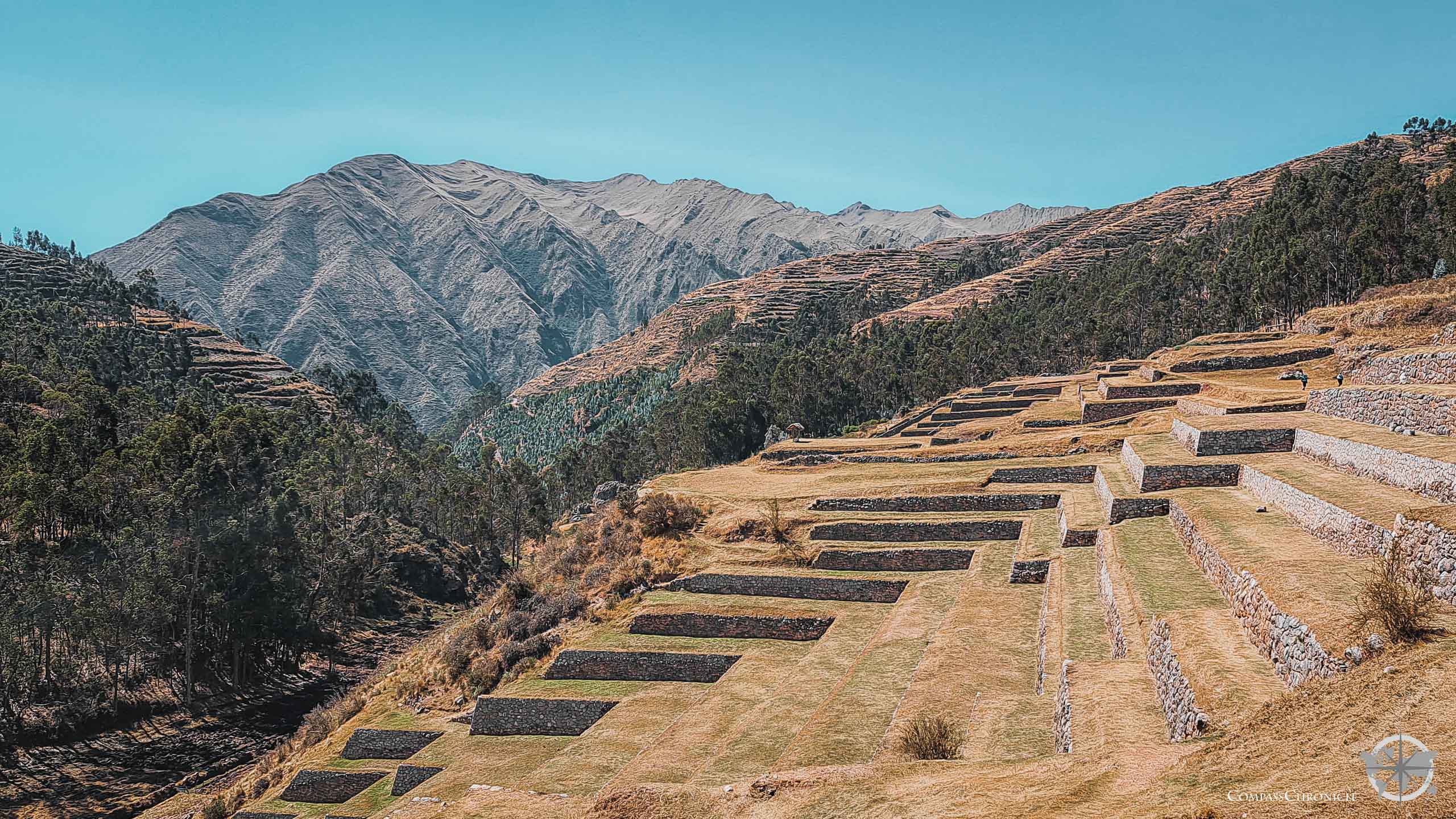

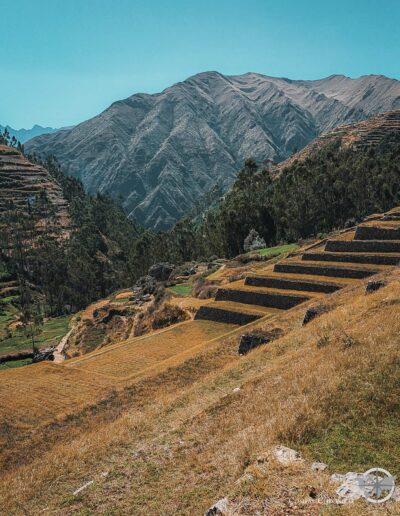
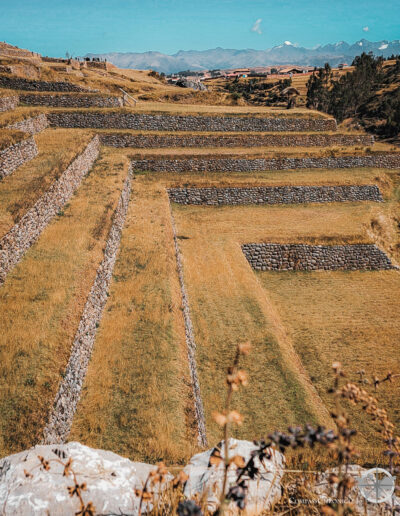
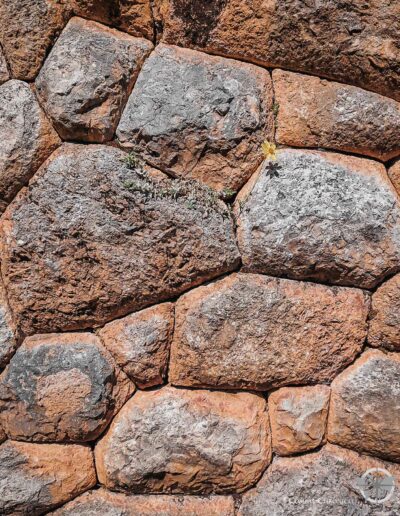
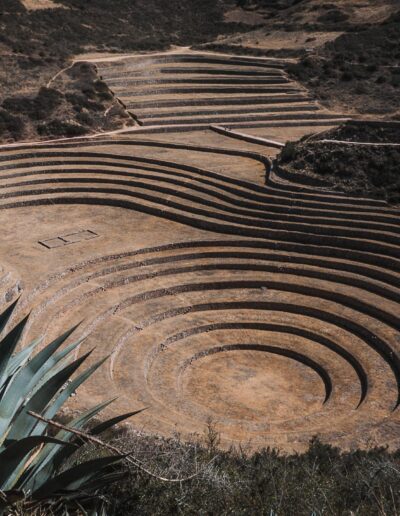
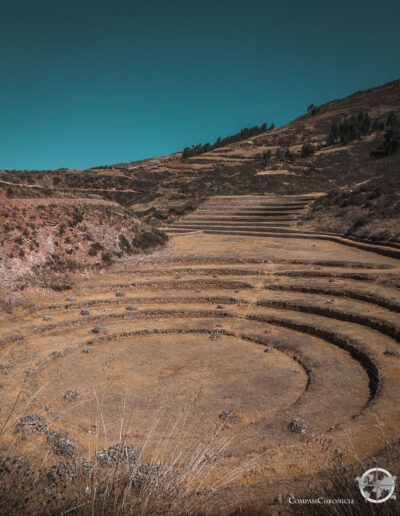
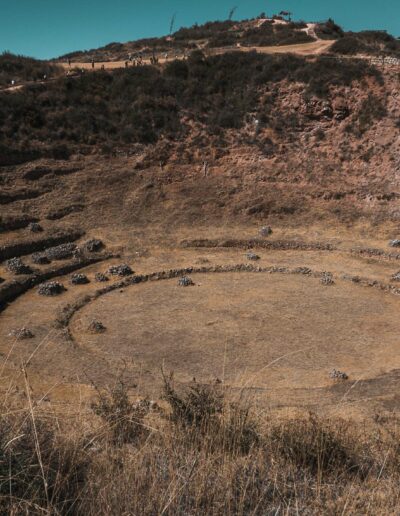
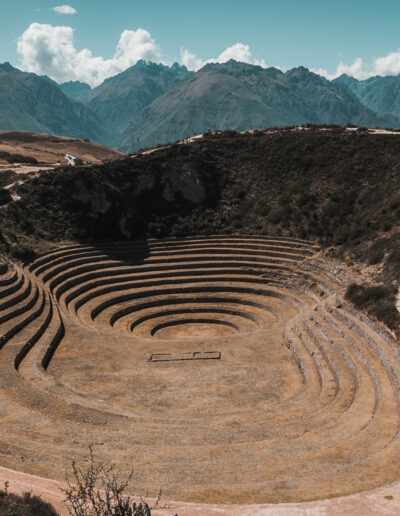
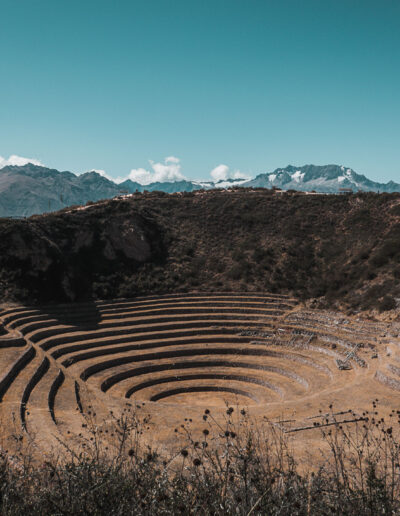
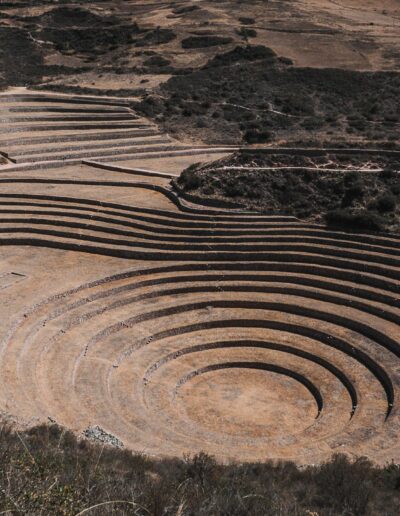


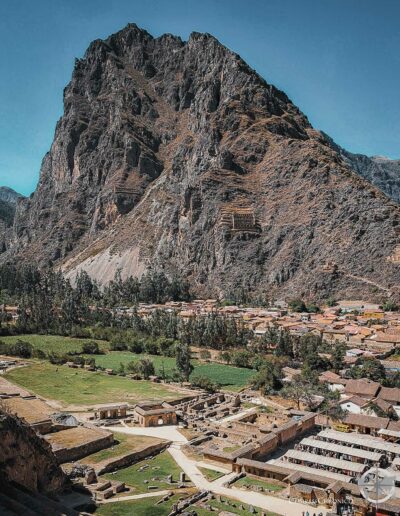
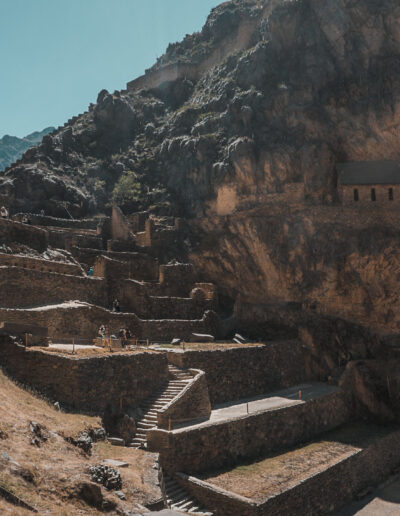


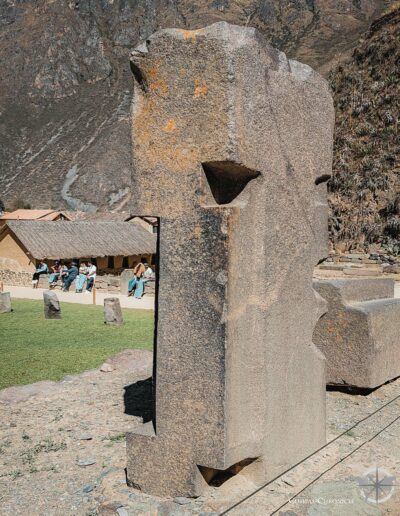
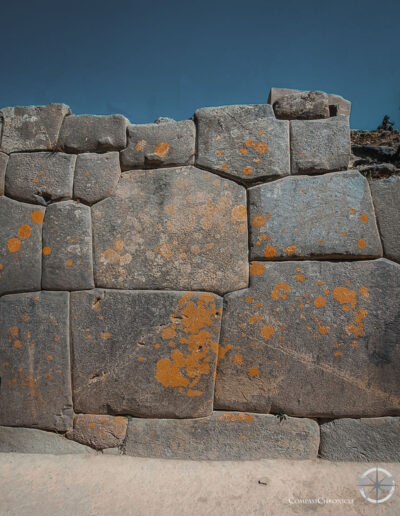

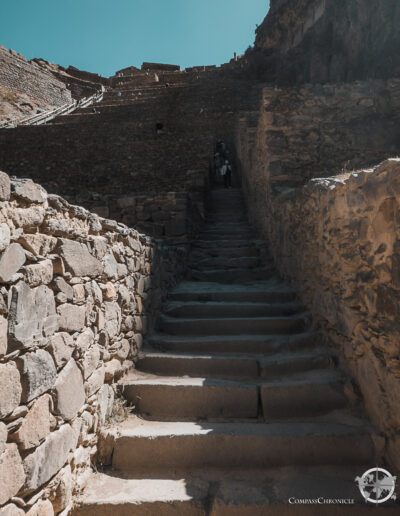
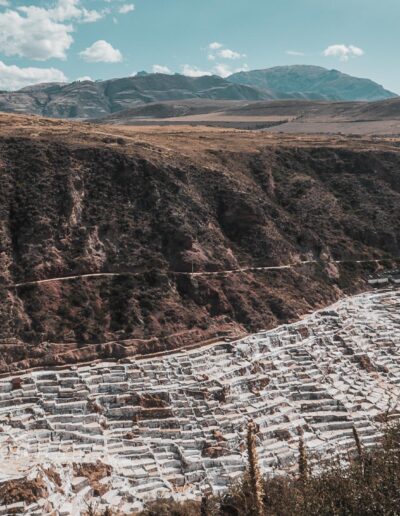
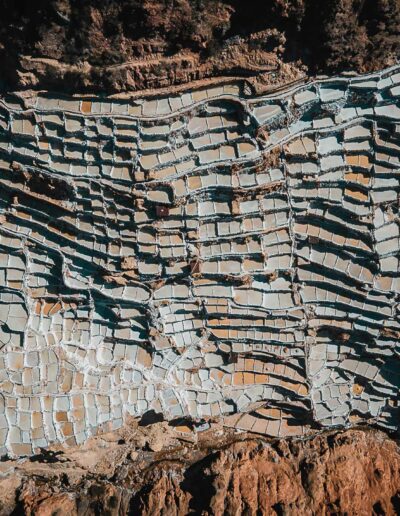
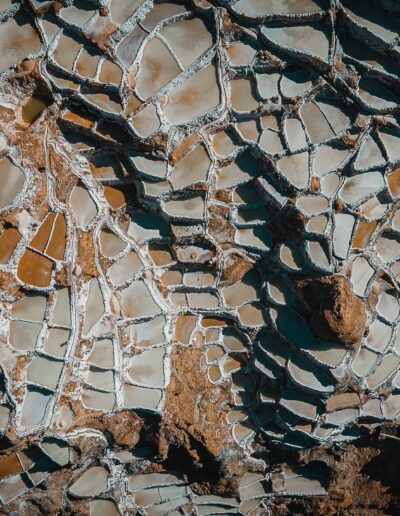

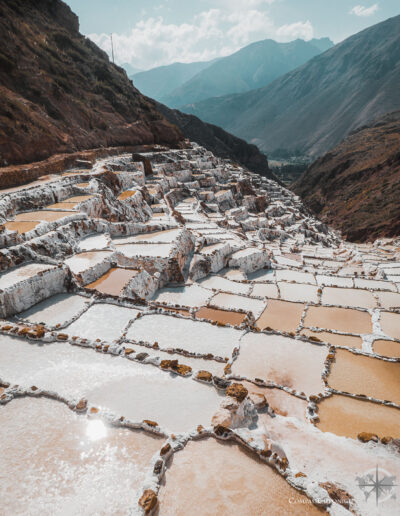
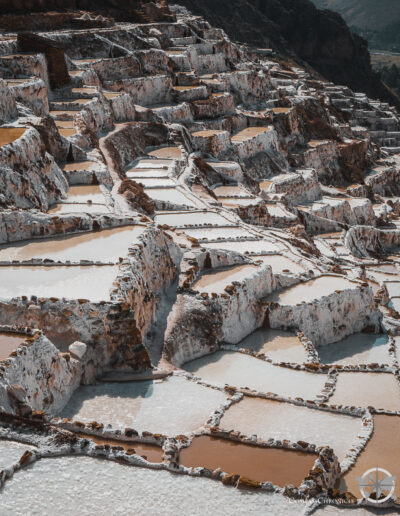
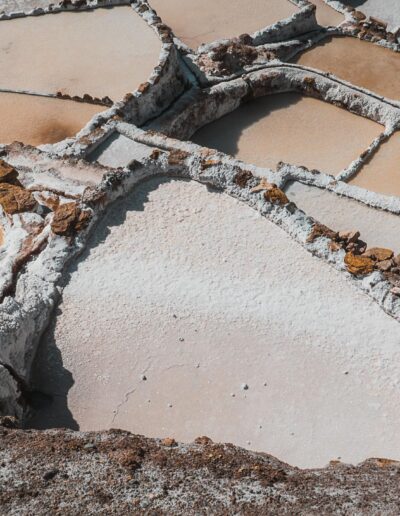
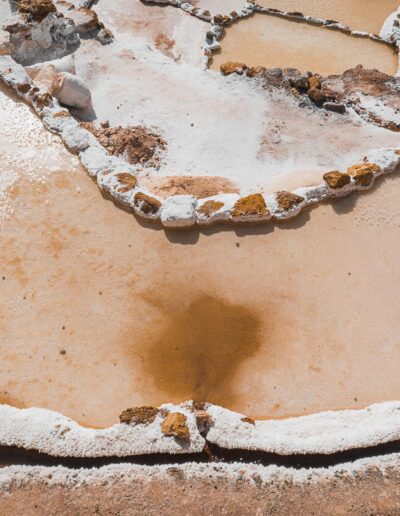

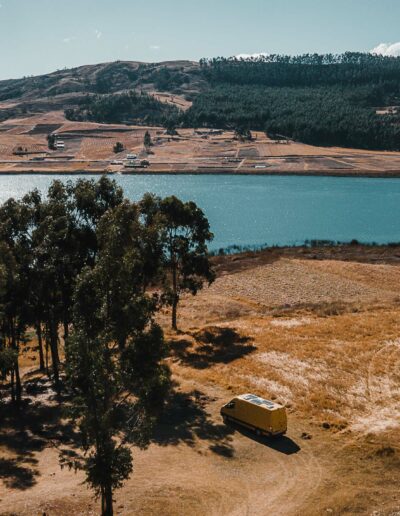
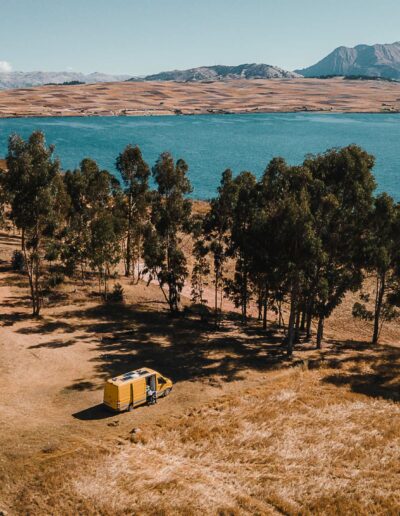
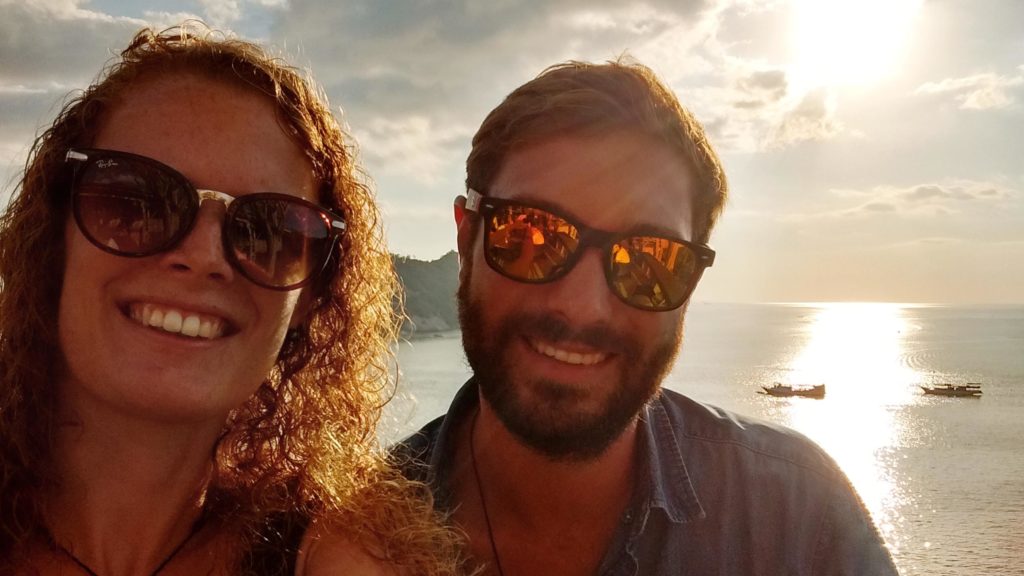
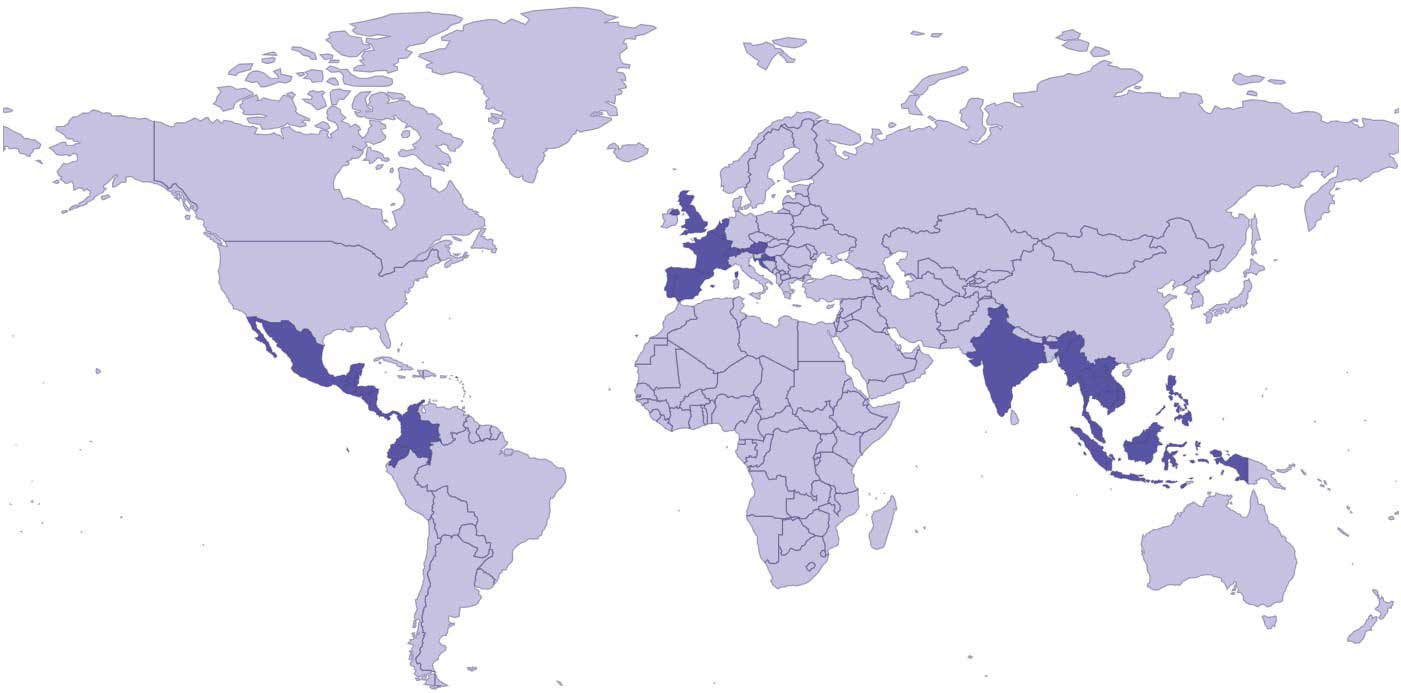

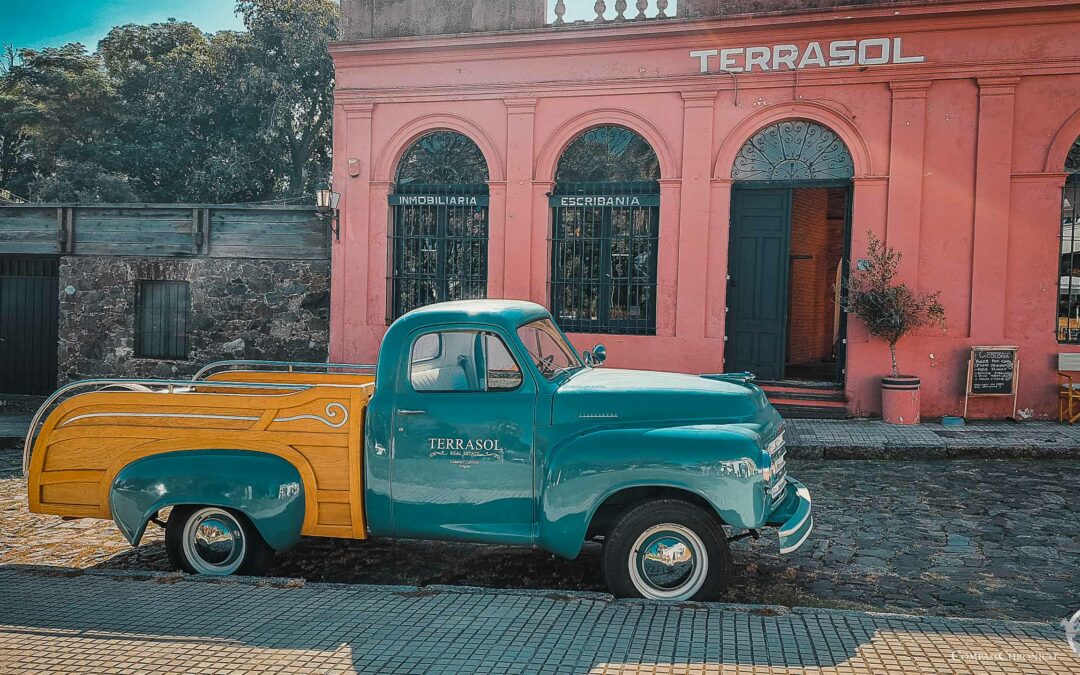
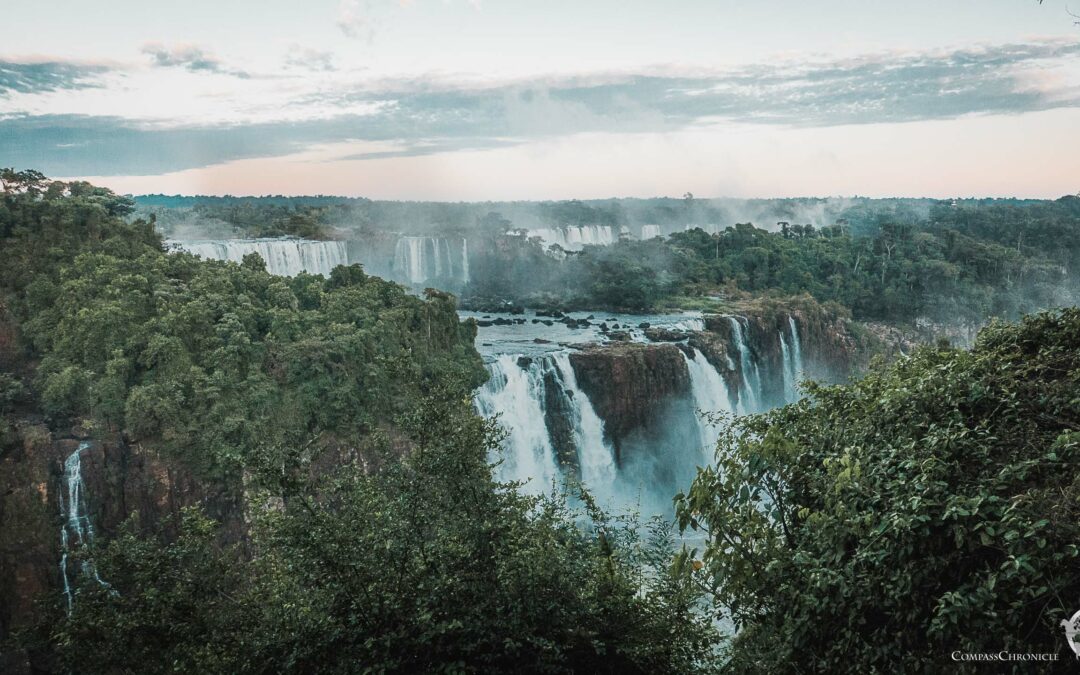
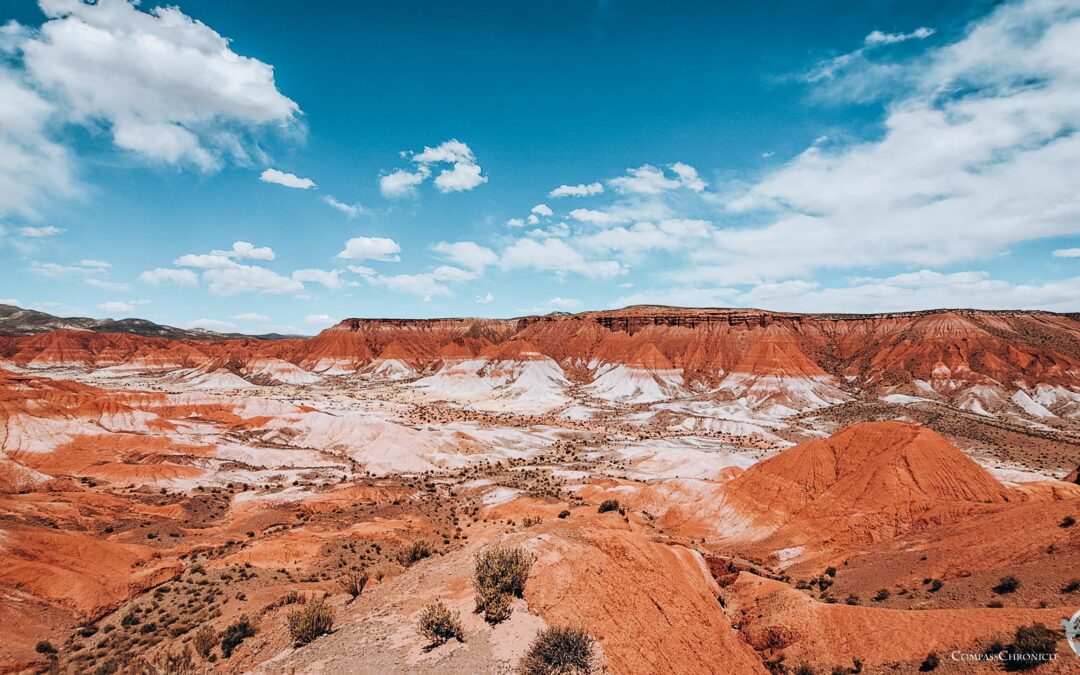
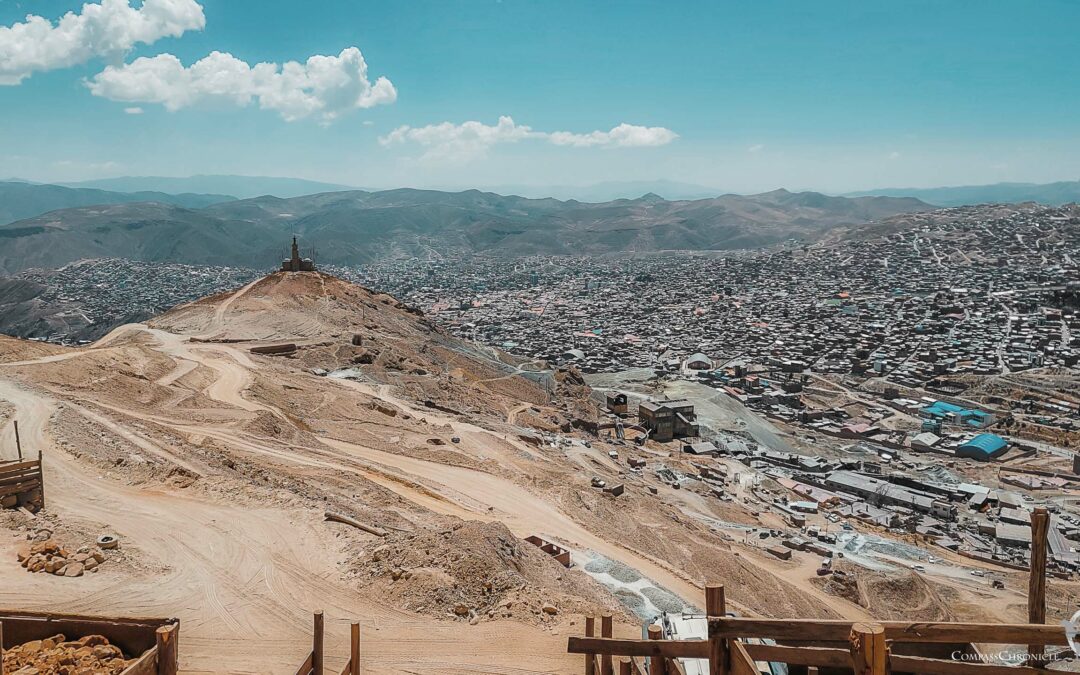
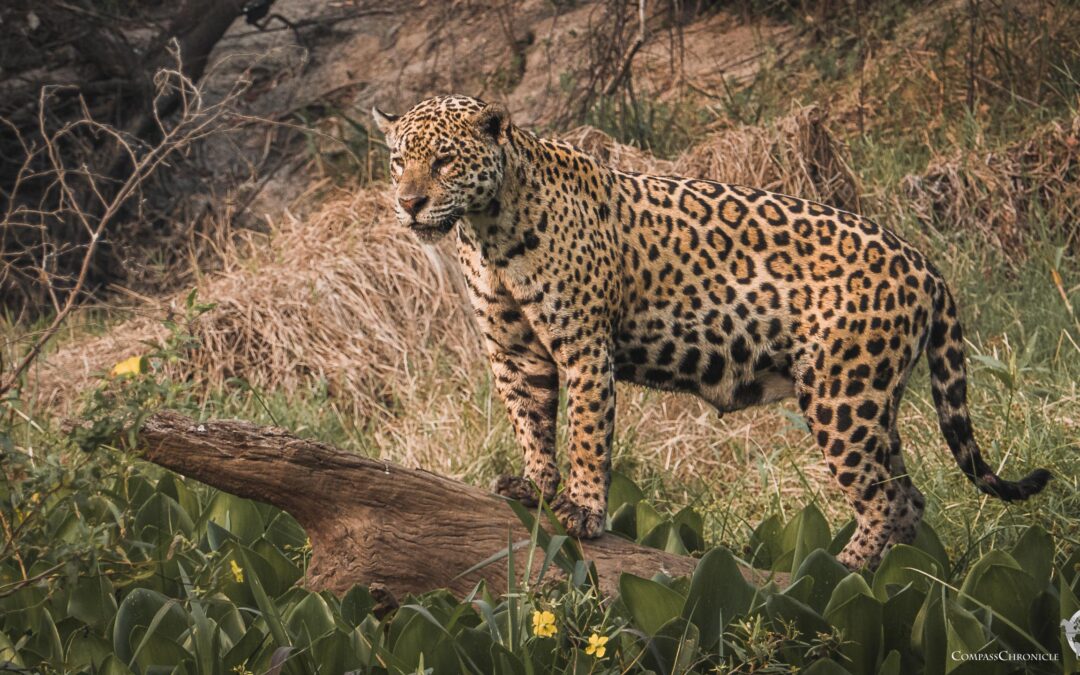
0 Comments